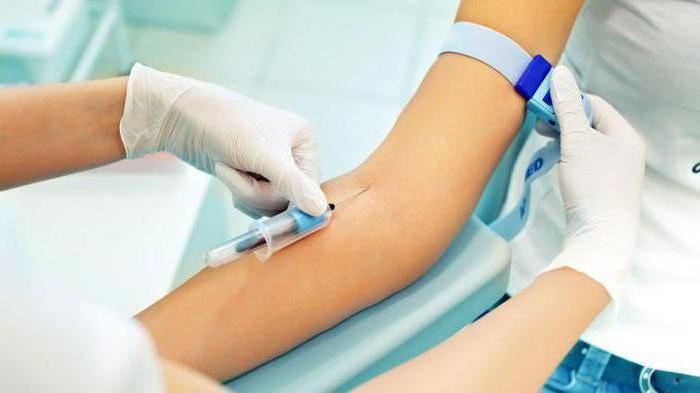Are you interested in pursuing a career as a phlebotomist? If so, it’s essential to understand the education and training requirements needed to enter this rewarding field. Phlebotomists play a crucial role in the healthcare industry by drawing blood for medical tests, transfusions, donations, or research. They must have a strong understanding of venipuncture techniques, be detail-oriented, and possess excellent communication skills.
In this comprehensive guide, we will explore the necessary education and training needed to become a successful phlebotomist. We’ll cover everything from the different educational paths available to practical tips for succeeding in the field. Let’s dive in!
**Introduction to Phlebotomist Education and Training Requirements**
To become a phlebotomist, you will need to complete a formal training program and obtain certification. While some states do not require certification, most employers prefer to hire certified phlebotomists due to the specialized skills and knowledge they possess. Here are the typical education and training requirements for aspiring phlebotomists:
**1. High School Education:** Most phlebotomy training programs require applicants to have a high school diploma or GED. It’s essential to have a strong foundation in science and math, as these subjects are crucial for understanding the human body and performing venipuncture accurately.
**2. Phlebotomy Training Program:** There are various pathways to complete a phlebotomy training program. These programs are offered by vocational schools, community colleges, and healthcare facilities. The length of training can vary from a few weeks to several months, depending on the program.
**3. On-the-Job Training:** Some phlebotomists receive on-the-job training from their employers. This hands-on experience is valuable for honing venipuncture skills and learning how to interact with patients effectively.
**4. Certification:** While certification is not always mandatory, it is highly recommended for phlebotomists. The most common certification is the Certified Phlebotomy Technician (CPT) credential, offered by organizations such as the National Healthcareer Association (NHA) or the American Society for Clinical Pathology (ASCP).
**Benefits of Becoming a Certified Phlebotomist**
Obtaining certification as a phlebotomist offers several benefits, including:
– Increased job opportunities
– Higher earning potential
– Professional recognition
– Enhanced skill set
**Practical Tips for Success in Phlebotomy**
– Practice venipuncture techniques regularly
– Develop excellent communication skills
– Stay current with industry trends and best practices
– Seek opportunities for continuing education and professional development
**Conclusion**
Becoming a phlebotomist is a fulfilling and rewarding career choice for those interested in healthcare and patient care. By completing a formal training program, obtaining certification, and honing your skills through hands-on experience, you can embark on a successful phlebotomy career. Remember to stay updated with industry standards and continuously strive to improve your skills to excel in this vital healthcare role.
the education and training requirements for phlebotomists are crucial for ensuring high-quality patient care and accuracy in blood collection procedures. By following the guidelines outlined in this article, you can set yourself up for success in this essential healthcare profession. Whether you choose to pursue a formal training program or learn on the job, certification and ongoing education are key components of a successful phlebotomy career.
